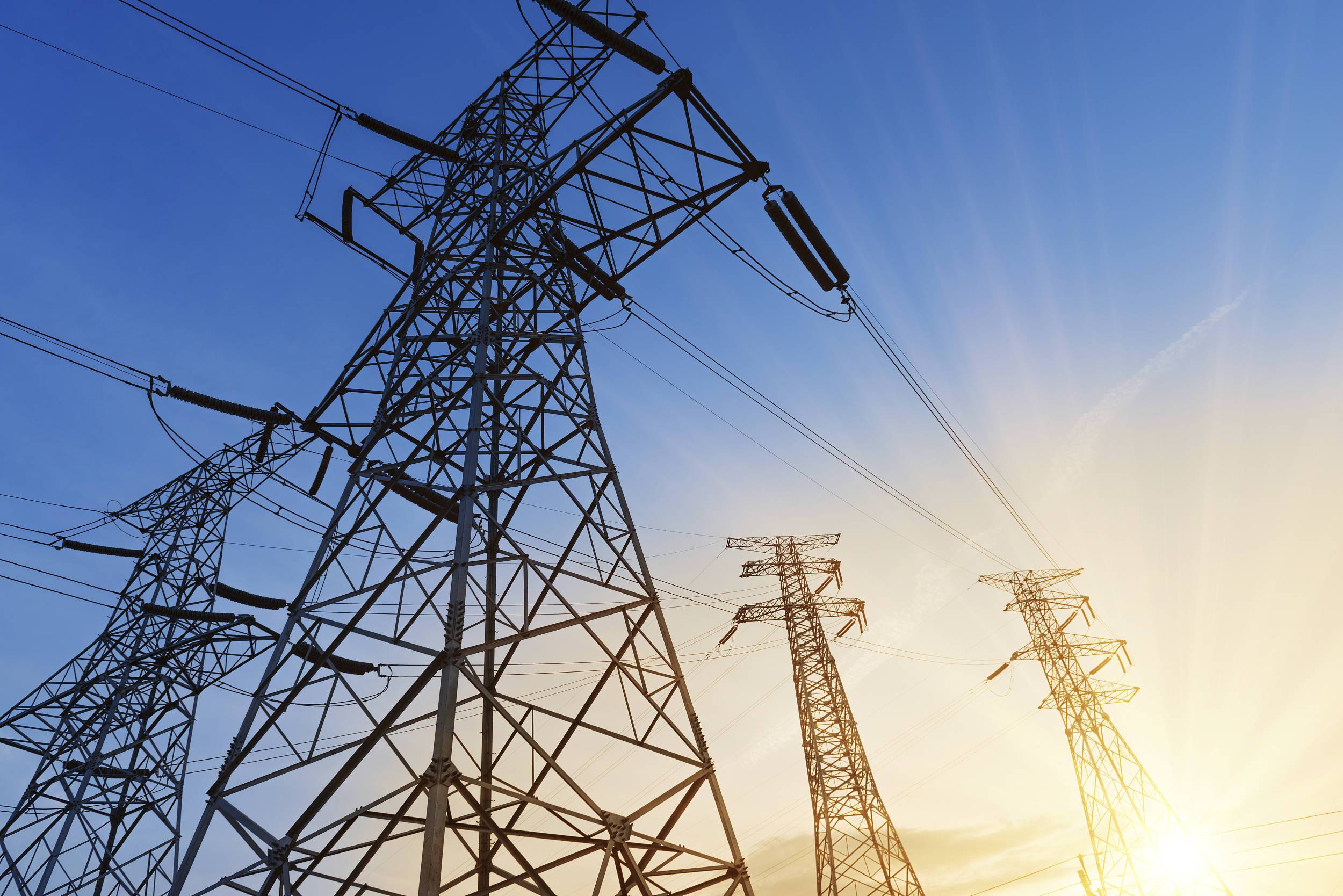The 27.5 billion euros ($29.54 billion) allotted through 2028 is up from 22 billion in its previous five-year plan to 2027 which was published last year.
"We are moving into the implementation phase and will complete key projects ahead of time," CEO Hans-Juergen Brick said citing the effect of legal measures to accelerate the expansion of networks.
Investment in 2024 is expected to amount to 3.9 billion euros after more than doubling to 3.1 billion euros last year at Amprion, one of four transmission grid companies (TSOs) in Europe's biggest economy.
Amprion, 25.1%-owned by utility RWE (RWEG.DE), opens new tab, operates 11,000 kilometres (6,835 miles) of high-voltage lines stretching from the North Sea to the Alps in the west.
Berlin wants the power sector to be 100% green by 2035.
To achieve that, TSOs must extend their infrastructure to reach green energy sites and transmit their output, crucially connecting Germany's industrial south to northern wind power, and to hook up new electrolysis plants which will produce green hydrogen from electricity.
The TSOs' costs are mainly shouldered by consumers via grid usage fees which are part of retail energy bills as well as via external finance.
Their earnings and spending are overseen by the national grid regulator.
Amprion brought forward the start of construction of a new north-to-south corridor, called Korridor A, and its extension line to the south, called Ultranet, by one year with a view to starting operations in 2027, Brick said.
Amprion last year posted a 27% rise in adjusted earnings before interest and taxes to 980 million euros.
